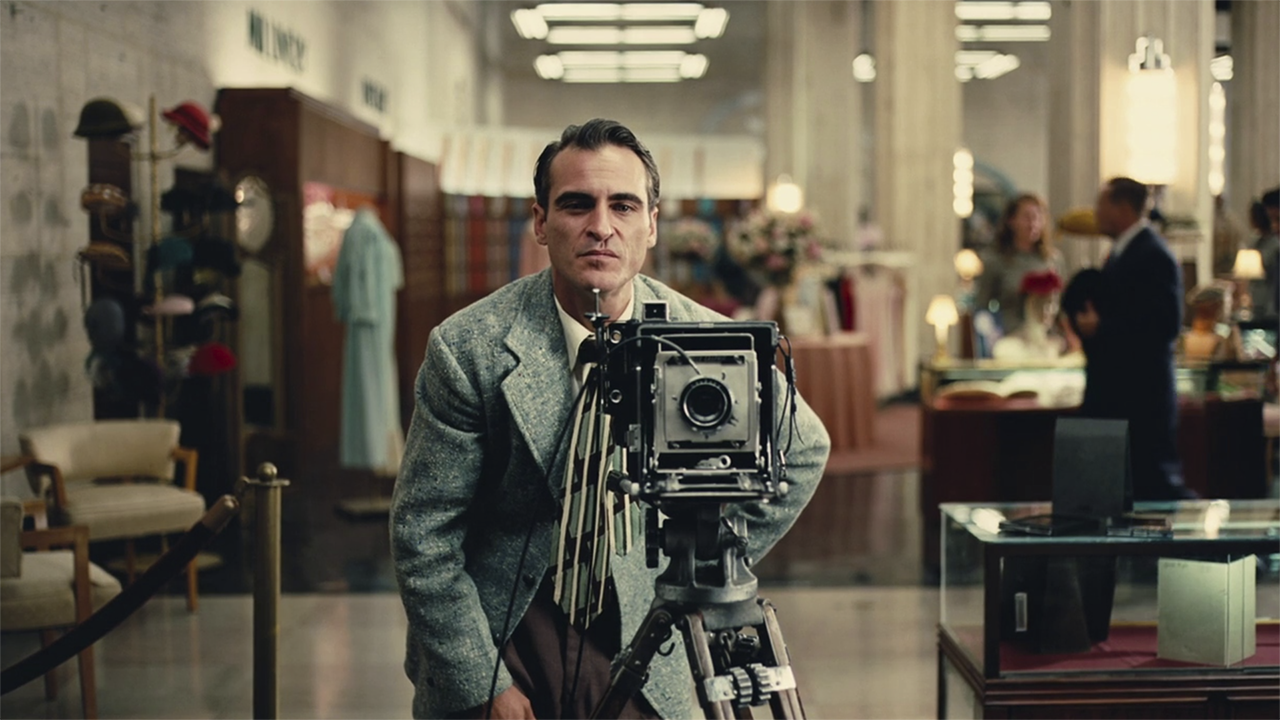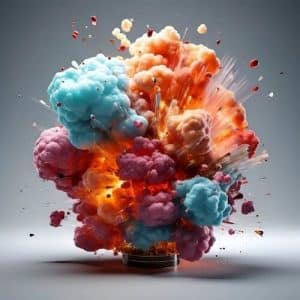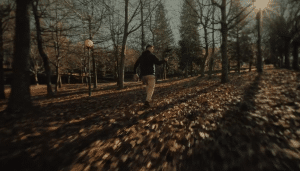In this article we explore the ins and outs of knowing when to stop down the lens or to open up and get shallow.
Depth of field refers to the range of distances within a scene that has several subjects at different distances relative to the camera. In photography and cinematography, depth of field is controlled by adjusting the aperture of the camera’s lens. The aperture, measured in f-stops, determines how much light enters the camera and affects the size of the opening through which light passes.
A shallow depth of field (achieved with a wide aperture, such as f/1.4 or f/2.8) results in a small area of the image being in sharp focus, while the background and foreground are blurred. This effect is often used to isolate a subject from its surroundings, drawing attention to the character or subject you want to “focus” on. These types of shots will get you that creamy bokeh that you’ve probably seen in a movie or on YouTube.
So, a deep depth of field (close down your aperture, such as f/8, f/11 or f/16) results in more of the scene being in focus, from the foreground all the way to the background. This is useful in landscape cinematography or situations where the director wants to keep everything in the frame sharp.
Depth of field is influenced by several factors, including the aperture setting, the distance between the camera and the subject or actor, and the focal length of the lens. Understanding and manipulating depth of field is a fundamental skill for cinematographers and filmmakers, because it allows us to control the visual impact and storytelling of our images.
Understanding Shallow Depth of Field
Shallow depth of field is often used to isolate the main subject from its surroundings. By keeping the subject in sharp focus while blurring the background, attention is drawn to the primary element of the composition. These shots will typically be tighter, closer-to-the-subject shots due to the nature of focusing on one or two things. Close-ups and extreme closeups are usually shallow depth of field.
We spoke briefly above about “bokeh,” which refers to the aesthetic quality of the out-of-focus areas in a shot, particularly those in the background. It is characterized by a smooth and pleasing blur that is often achieved through the use of a shallow depth of field. Bokeh is a Japanese term that translates to “blur” or “haze.” Different lenses will yield different bokeh characteristics, specifically with direct light sources.
For instance, if your lens is spherical, an out-of-focus light will be a circular shape. If you’re using anamorphic lenses, the same light source would be an oval shape in the background due to the shape of the lens and your image being squeezed. You can see some great examples of anamorphic distortion in the video above! These differences end up contributing and creating a distinct visual look and aesthetic to your work that can define the feeling of your film.
Shallow depth of field is also commonly employed in filmmaking to achieve what the internet so graciously deems to be a “cinematic look.” This just means that the footage does not look like camcorder or iPhone footage (although iPhone’s are becoming increasingly more advanced in this arena). One of the specific reasons we label this as “cinematic” is due to the more advanced lenses that are used to achieve shallow depth of field as well as the requirement of better light to shoot shallow.
When you open the aperture, you’re letting in as much light as possible; therefore, if you do this in the middle of the day, the image will be overexposed. You can remedy this by using a neutral-density filter that acts as sunglasses for the lens, allowing you to open up the aperture creating shallow depth of field. Regardless, shooting with a shallow depth of field requires some experience and knowledge of exposing images correctly, which contributes to that “cinematic” nature of the final image. It just ends up looking cleaner and more professional.
Shallow depth of field also allows you to focus the viewer’s eyes wherever you need them to be looking. You can literally make it so that the viewer can’t see or distinguish anything else in the frame. Consider it another tool to add to your arsenal for controlling the image and narrative direction at the same time.
While using a shallow depth of field can produce stunning results, there are reasons why you don’t need to use it and instead opt for a deeper focus. So let’s talk about why you would use deep depth of field.
Shooting with a Deep Depth of Field
In a deep depth of field, both the foreground and background elements of the scene are in focus. This is advantageous in situations when the cinematographer and director want to capture a wide view and maintain clarity throughout the entire composition. So think big open landscape shots. This just allows you to see every aspect of the environment from the foreground to the deep deep background.
Sometimes shallow depth of field can start to feel a little suffocating, allowing only one or two things to be the focal point of the shot. So sometimes its good to open up the scene by allowing everything (or more things) in focus providing a more “real-life” approach.
While the obvious choice for using a deep depth of field is open vistas and outdoor shots, you can also take this mentality and use it for indoor shots. These shots will be for detail-oriented interiors that need to show everything about the location. Now as we mentioned above, you’ll be stopping down on the lens to f/8 or f/11, which means you will be allowing less light in. Now imagine shooting with a deep depth of field indoors where there’s a lack of light! This is where understanding lighting and the importance of lighting comes into play.
Hopefully this brief guide helps you understand the basics of depth of field. Like every other aspect of filmmaking, depth of field is just a tool allowing you to tell a story in a certain type of way. Don’t be afraid to break these rules and get weird with your cinematography! Experimenting and trying new things is crucial for your growth as a storyteller. These rules and guidelines are meant to be broken. Good luck out there!
Cover Image via Annapurna
Looking for filmmaking tips and tricks? Check out our YouTube channel for tutorials like this . . .




